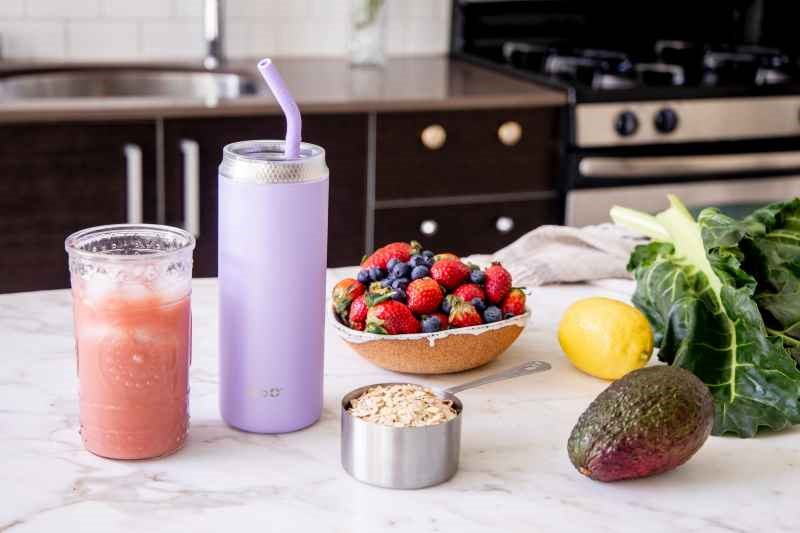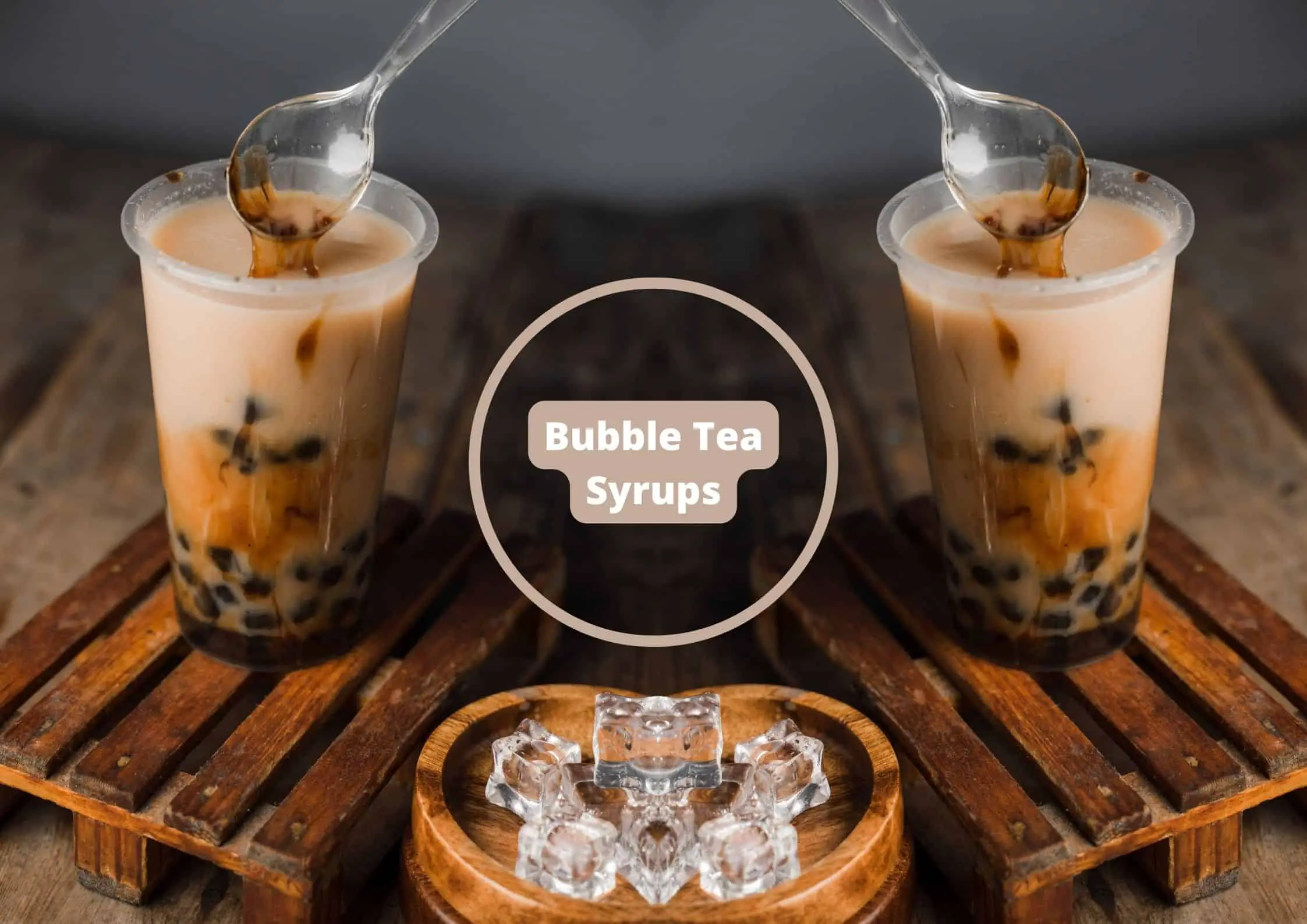A healthy diet must include fruits since they are a good source of vitamins, minerals, fiber, and bioactive substances. Sufficient consumption of fruits has been shown to lower the incidence of several major diseases and fatalities.
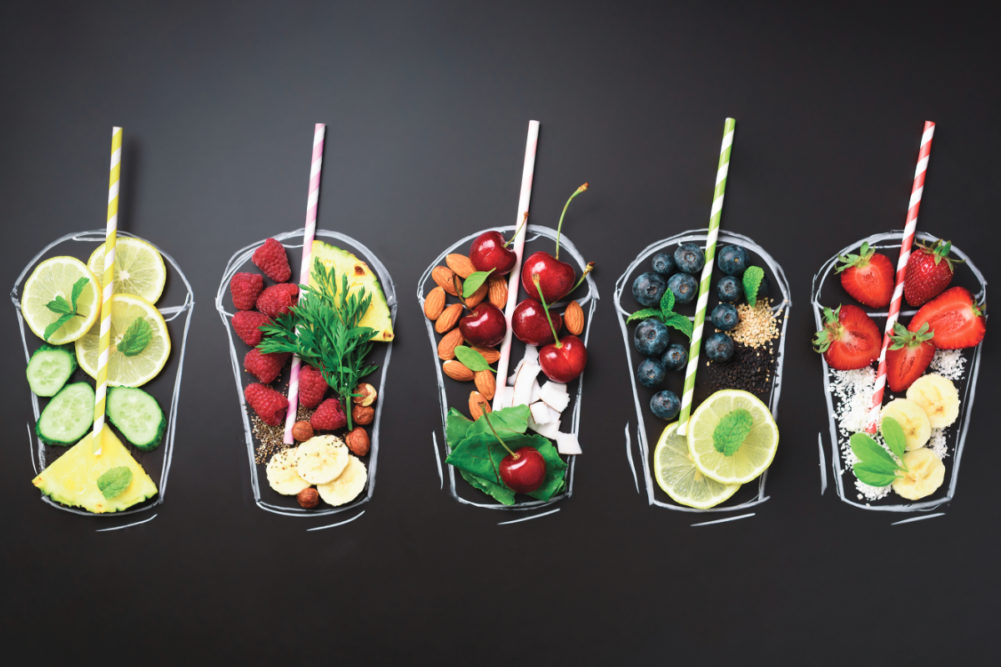
Did you know that a single four-ounce serving of 100% fresh fruit juice is equal to one complete serving of fruit? As reported by MyPlate.com, fresh fruit juice is not only tasty, but it is filled with all the same nutrients as whole fruit.
As more people are hopping on the juicing bandwagon, it’s important for you as a business to learn how to capitalize on this rising market. Taking a global look truly shows the bigger picture.
Market Analysis
The consumption of soft drinks, such as colas and flavored sodas, is reducing globally as they have high sugar content, artificial coloring, phosphoric acid, artificial sweeteners, and caffeine which can cause negative effects on the human body. Owing to this, a large number of consumers are shifting from carbonated drinks towards natural fruit juices.
Since we are living in an era where people are becoming more and more health conscious, they are shifting towards fruits and vegetables juices because of their potential health benefits. Fruit juices makes an important component of a healthy diet and prescribed amounts can help avert significant diseases like CVDs, certain type of cancers, etc.
Fruit Juice Market Dynamics
Changing lifestyles and altering eating patterns of the consumers have resulted in an increased intake of affordable, healthy and quick sources of nutrition like packaged fruit juices, thereby catalyzing the growth of the market.
Some of the manufacturers operating in the market have introduced a wide range of flavors to produce preservative- and sugar-free fruit juices to expand their consumer base. In addition to this, growth in the food and beverage industry is boosting the overall demand for fruit juices worldwide.
During the ongoing COVID 19 pandemic, fruit juice consumption increased worldwide due to health benefits. Presence of the many health consciousness consumers had boosted the demand for juice.
Consumer buying behavior has changed in the pandemic period. E-commerce websites are highly favored by consumers because certain retail stores have been closed and consumers are stocking up fruit juices for their own consumption.
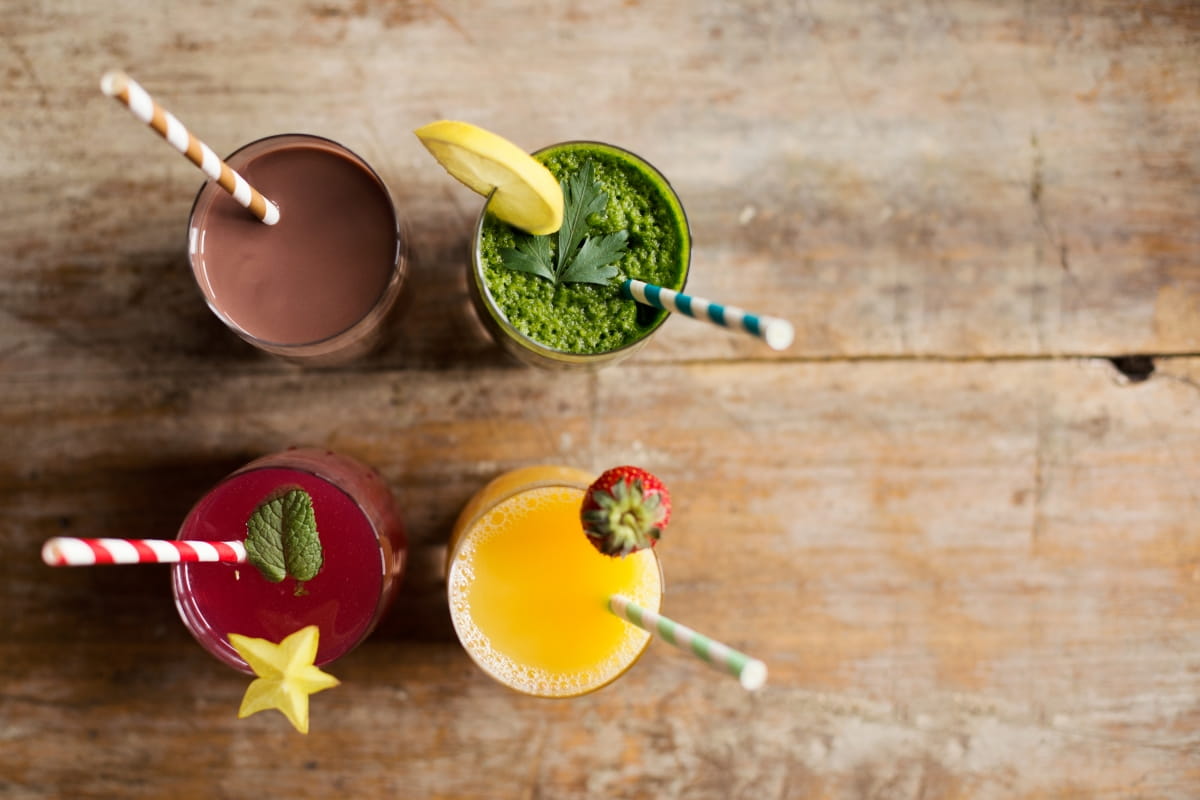
The growing popularity of cold pressed juice is one of the key factors influencing the growth of the juice market around the world.
Cold pressed juice preserves the vitamins, minerals and enzymes lost during the heating and oxidation steps of the traditional squeezing process. Convenient packaging is an important factor in attracting consumers to buy fruit juices. Many companies are focusing on product innovation to influence consumers through various marketing strategies such as advertising and effective distribution.
Top Juice Flavors
Orange and Apple remain solidly atop the charts. No surprises there, so what do we see that’s noteworthy? When we look at flavors including blends, Coconut Water is the flavor with the largest percent of increase, tallying 145% growth from 2012 to 2016.
Products like the new coconut-water-based Zola Organic Hydrating Energy Drinks are tapping into consumer desire for lower-sugar beverages that deliver functional benefits using natural and plant-based ingredients.
Mango is the flavor with the second largest percent of increase at 35%. And a look at individual flavor components in juices shows us Carrot flavor has surged from 63 products in 2012 to 166 in 2016. We see it paired with flavors such as Apple, Orange, Pumpkin, Ginger and Turmeric as consumers look to vegetable juices as lower sugar drink options.
The Future of Juice
From new ingredients, functions, dayparts, flavors, sweeteners, and packaging, product developers are working hard to meet consumer interest in health/wellness and the environment, among others. The best opportunities for juice lie in thinking outside the traditional, and exploring with fun, flavor and an eye toward the future.
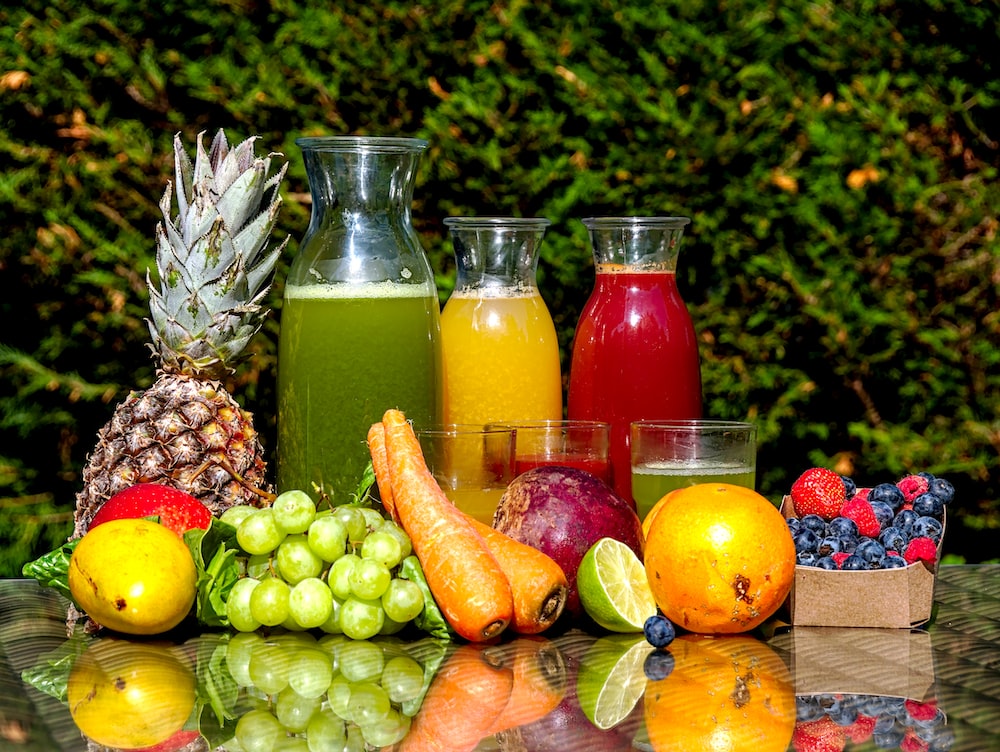
Bottom Line





